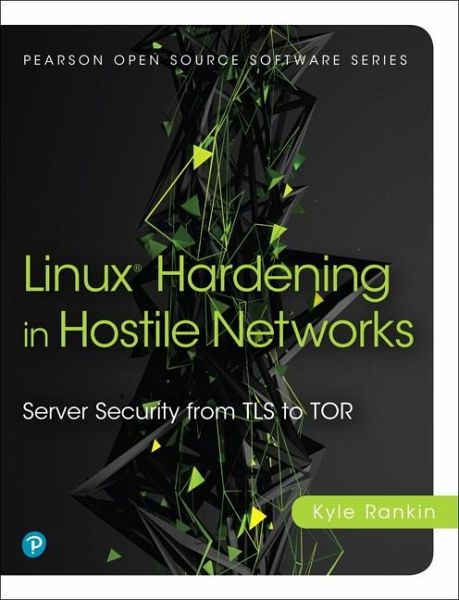
Linux Hardening in Hostile Networks
Server Security from TLS to Tor
Versandkostenfrei!
Versandfertig in 2-4 Wochen
38,99 €
inkl. MwSt.
Weitere Ausgaben:

PAYBACK Punkte
19 °P sammeln!
Rankin begins with a user-oriented guide to safeguarding your own personal data with PGP, Off-the-Record Messaging (OTR), Tor, and the Tails "amnesic incognito" live Linux distribution. Next, he guides you through setting up secured versions of the services you manage every day, including web, email, and database servers that communicate over TLS; locked-down DNS servers with DNSSEC; Tor servers, and hidden services. Each category of solution is presented in its own chapter, with techniques organized based on difficulty level, time commitment, and overall threat. In each case, Rankin begins wi...
Rankin begins with a user-oriented guide to safeguarding your own personal data with PGP, Off-the-Record Messaging (OTR), Tor, and the Tails "amnesic incognito" live Linux distribution. Next, he guides you through setting up secured versions of the services you manage every day, including web, email, and database servers that communicate over TLS; locked-down DNS servers with DNSSEC; Tor servers, and hidden services. Each category of solution is presented in its own chapter, with techniques organized based on difficulty level, time commitment, and overall threat. In each case, Rankin begins with techniques any system administrator can quickly implement to protect against entry-level hackers. Next, he moves on to intermediate and advanced techniques intended to safeguard against sophisticated and knowledgeable attackers. An accompanying CDROM contains a full, pre-configured copy of the Tails live Linux distribution, making it simple for any sysadmin to bootstrap a highly-secure, privacy-protecting environment in minutes.













